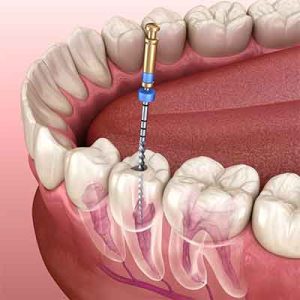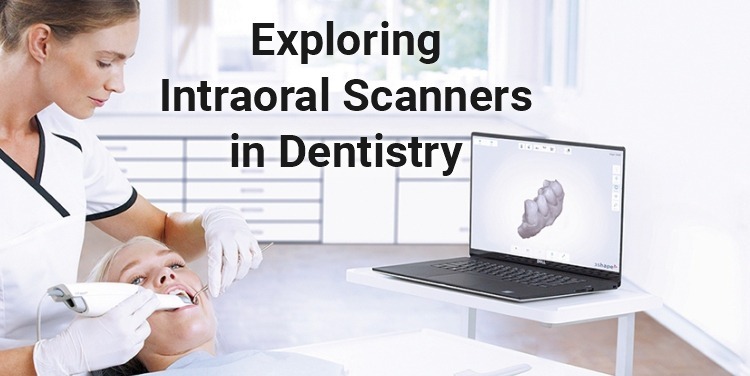Advancements in Endo World
Root canal treatment is now performed by dentists in almost all dental clinics. Patients’ complaining of discomfort, swelling, following root canal instrumentation are common in normal endodontic practices, and they are always unpleasant and disappointing episodes for both the dentist and the patient.
The old hand instrumentation technique has been superseded by rotary endodontics as a result of developments in dentistry. It improves the ability to remove debris from the canal ramification and apical foramen in a coronal direction, resulting in increased root canal tapering. It also cuts down on the dentist’s chair time, making root canal treatment a breeze.

Endodontic Motors are the electrical equipment that drives the rotary files used in root canal treatment to shape the canals. It saves dentists time by allowing them to select separate programs for different sorts of files, as well as various other advanced features.
Endomotors come in an array of designs, each with its own set of features. Clearly, the growth of choice has resulted in a proliferation of options. You don’t have to be perplexed any longer because we’ve listed a few sophisticated features in endomotors that you should keep in mind when purchasing one for your clinic.
Advance Features in Endomotors you should keep in mind:
- Reciprocation

The back-and-forth motion employed during biomechanical preparation is known as reciprocation. It’s a better option than constant rotation. Reciprocity entails precise angle control. In the cutting direction, a large rotating angle provides excellent efficiency, however, in the reversing direction, a smaller angle allows the file to securely continue through the canal while limiting the risk of screwing effect and file breakage. The Woodpecker Endoradar Plus & Woodpecker Endoradar Pro come with a reciprocation function for efficient & safe canal preparation.
Advantages of Reciprocation:
- Increases life span of rotary files
- Offers more cutting efficiency
- Preserve original canal anatomy (curved canals/ J-shaped canals)
- Less chair side time
- Fewer micro-dentine cracks
- Relation between Speed & Torque
The Endo motor has a variety of speed and torque settings to accommodate various file systems. The higher the speed, the more efficient the cutting, but it comes at the cost of micro-dentinal fracture, which weakens the teeth. Various difficulties result from changes in the canal’s anatomical curvature. In root canal treatment, torque must be controlled. When high torque is applied, the file’s specific torque limit is frequently exceeded, causing mechanical stress and file fracture. As a result, for the better shape of the canal and better results, a balance of speed and torque is required during biomechanical preparation.
- Auto-reverse Function

Auto-reverse function in the rotational direction is also known as Torque-provoked reversing. When the pre-set torque limit is achieved, the auto-reverse function causes the file to rotate in the opposite direction. This minimizes the rotational file’s load. The motor handpiece automatically returns to forward rotation when the excess load is eliminated. It facilitates the shape of root canals and eliminates procedural errors like canal elliptication/zipping, lodging, and root perforation. The NSK Endomate DT & NSK Endomate TC2 are equipped with these advanced Auto-reverse functions.
- Endo Motor with integrated apex locator
An integrated apex locator is included in the most advanced endodontic motors. Inside the canal, it enables effective instrumentation. The apex locator displays the file inside the canal in real-time while doing biomechanical preparation. A beep sound is emitted when the file tip approaches the apical terminus, alerting the dentist to avoid over-instrumentation. The Woodpecker Endoradar Plus and Endoradar Pro have an inbuilt apex locator, but the NSK Endomotor has a specific MPAS head that connects to the handpiece and allows for the use of an apex locator and an endomotor at the same time.
Conclusion
Technology has advanced so far in recent decades that it is now unavoidable that it is a great advantage to the dental profession. Moving from hand instrumentation to rotary or reciprocal endodontics is something that every dentist has to undertake at some point. To provide the best treatment for your patients, it’s critical to stay up to date on current developments in endodontics.





Leave a comment